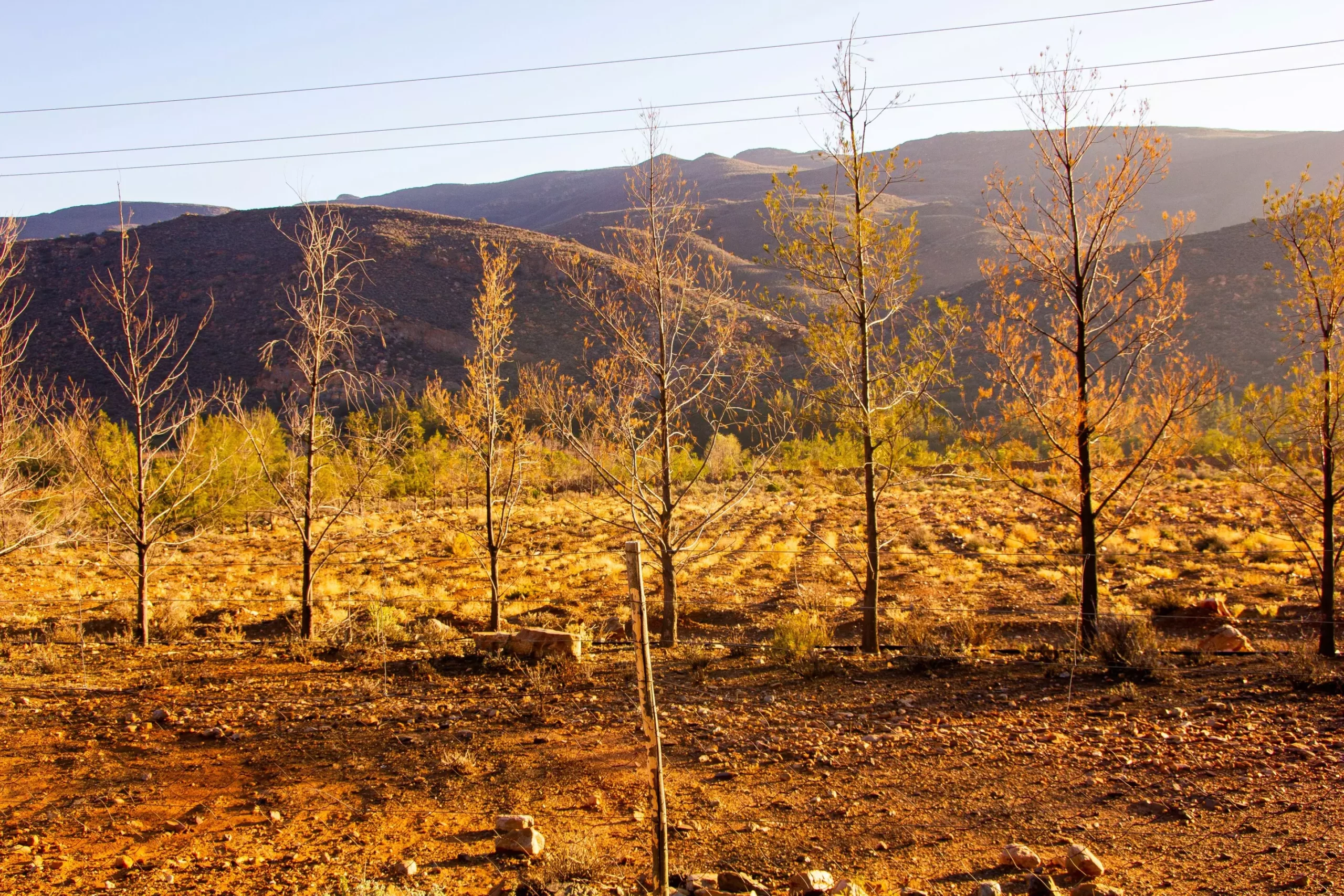Recent research sheds light on the evolving climate patterns across North America, particularly in the context of extreme weather phenomena like droughts and pluvials (high-rainfall periods). Scientists from The Ohio State University have conducted an extensive analysis combining modern precipitation data, historical tree ring studies, and predictive climate models to understand the shifts in water availability across the continent. Their findings highlight the stark contrasts between the American Southwest and the Northeast, suggesting a future characterized by greater extremes in precipitation and enhanced unpredictability throughout this century.
The research emphasizes a striking juxtaposition: while the Southwest is facing an alarming increase in drought frequency and intensity, the Northeast appears to be experiencing significant wetting trends, particularly in winter and early spring. This dramatic bifurcation in weather patterns is not merely a seasonal aberration but rather a long-term shift that researchers believe is exacerbated by climate change.
Importantly, this research goes beyond pinpointing current trends; it also delves into historical climate data extending back to the year 850. By analyzing tree rings and climatic records from both pre-industrial and contemporary periods, the researchers have uncovered a scale of change that is unprecedented in the context of natural climate variability. Lead author Kyungmin Sung noted that the extent of alterations in precipitation patterns observed in recent decades is remarkable and dwarfs the historical records of the last 700 years.
This historical analysis is pivotal for understanding the implications of current climate trends. The researchers argue that contemporary climate variability is not merely a continuation of past patterns but a sign of a system nearing a tipping point, marked by distinct regional disparities.
The credibility of this study lies in its robust methodology. By integrating five diverse data sources, including modern precipitation compilations and historical climate reconstructions, the researchers were able to create a comprehensive picture of North America’s changing climate. This multi-faceted approach allows for a more nuanced understanding of precipitation variability, as overlapping patterns across different data types enhance confidence in the results.
James Stagge, a senior author of the study, pointed out that this diverse dataset is critical for discerning genuine trends. The clear delineation in maps depicting shifting climate patterns reinforces the reality of these changes, clearly illustrating the profound regional differences that will characterize North America’s climate in the years to come.
The variability in precipitation patterns—oscillating between extended dry spells and periods of excessive rainfall—poses significant challenges for a variety of sectors, ranging from agriculture to urban planning. This fluctuating climate will demand innovative strategies for water resource management, particularly in the Midwestern United States, where farmers and industry leaders may need to adapt quickly to changing conditions.
As Stagge mentions, the inherent unpredictability of climate extremes complicates planning efforts. Traditional water management models may no longer suffice, necessitating a transition towards more flexible approaches that account for increased variability. Policymakers and planners must be acutely aware of these trends, as failing to adapt could result in significant socioeconomic repercussions as industries struggle with the dual challenges of water scarcity and surpluses.
In light of these findings, it is imperative that concerted efforts are made to combat the ongoing climate crisis. While it may take time to address the root causes of climate change, implementing adaptive strategies for managing its effects is essential in the short term. As North America navigates this uncertain climate future, understanding the regional disparities and preparing for the erratic swings between drought and pluvial conditions will be vital.
This research serves as a clarion call for increased awareness and proactive planning in the face of climate change. Given the evidence that regions like the Southwest will experience increasingly severe water shortages, and the Midwest will be subject to dramatic fluctuations in precipitation, stakeholders across all sectors must be ready to recalibrate their strategies. In doing so, they will not only safeguard their interests but also contribute to a more sustainable and resilient future for North America.

